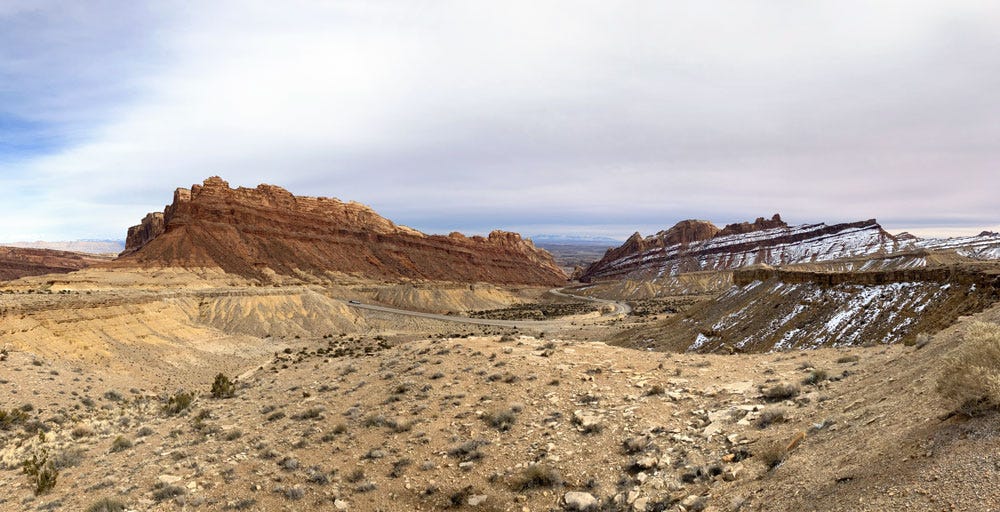The Truth about ISO and Exposure
I receive a lot of questions about ISO during my workshops, because there is a lot of confusion about what ISO does. “Does changing my ISO change my exposure?” is one of the most common questions asked. Despite what the “exposure triangle” seems to imply, ISO is not exposure.
Exposure is changing the amount of light that reaches the sensor. Shutter speed changes exposure. More time means more light; less time means less light. Aperture impacts exposure. A larger opening allows more light, and a smaller opening allows less light.
ISO is different. Increasing the ISO does not increase the amount of light reaching the sensor. ISO changes how the signal from the sensor is stretched out.
Think of it like this: Earlier this year I did a cross country drive with my daughter. There is a section of Interstate 70 with no services for over 100 miles. As you get into that dry and desolate no-man’s land, the radio signals start to fade out. As the signal fades, you can try to turn the volume up to hear it better, and that works a little bit, but we all know it is not the same quality signal as when we are closer to the transmitter tower.
That is what ISO does. You may perceive that ISO increases the exposure, because of your light meter. After all, when you increase the ISO, your light meter says you can use a faster shutter speed or a smaller aperture, so ISO does change your exposure settings, but it does not magically allow more light to reach the sensor. In fact, increasing the ISO means you are actually allowing LESS light to reach the sensor.
The reason many photographers use higher ISO is because oftentimes there is not enough light to achieve the shutter speed and aperture settings they want to use to capture a photo. Wildlife and sports photographers understand this well—you need a high shutter speed with long glass to freeze action and avoid camera shake. Using that fast shutter speed means that less light is reaching the sensor. ISO allows you to boost or “stretch out” that signal to try and make it look like a normal photograph. Thanks to advances in technology, this actually works very well. So well, on first glance, that many photographers don’t pay much attention to their ISO. Remembering my high school days photographing sports in dimly-lit stadiums with Tri-X 400 film “pushed” to 1600 ISO, these advancements are nothing short of amazing.
But increasing ISO isn’t perfect. Turning up the volume on a far-off radio station will increase the noise, and at some point that noise becomes intolerable and your daughter will ask you to change the channel (even if it is your favorite song)—just as turning up the ISO can degrade your photo in ways you may not have considered.
Increased ISO increases noise, decreases shadow detail, decreases color fidelity, increases contrast, decreases processing latitude, decreases detail and spatial resolution—and those are just a few of the effects. It is not a free lunch. You get better quality with lower ISO settings, so I always try to use the lowest ISO I can. This said, when you need to freeze motion, the “lowest ISO you can get away with” is the one that gives you the shutter speed you need to freeze that motion.
Understanding that ISO is not exposure and learning to observe the effects of increased ISO will increase your success in capturing those once-in-a-lifetime moments. There is a trade-off, and photography is the art of the trade-off. Rarely can we have it all, and I am convinced that one of the most important skills for a photographer is becoming skilled at quickly deciding between these trade-offs—including selecting an ISO.


Very well explained, Rich. Helpful.
Explained very well, Rich.